Introduction
In today’s environmentally conscious world, the choices made by businesses and consumers carry significant weight. One of the most impactful changes within the e-commerce sector is the shift toward recyclable packaging. This sustainable approach not only reduces waste but also plays a vital role in preserving natural resources, protecting ecosystems, and minimizing environmental pollution.
1. Understanding Recyclable Packaging
Recyclable packaging refers to materials that can be collected, processed, and reused to create new products. Unlike traditional packaging, which often ends up in landfills or pollutes natural habitats, recyclable alternatives are designed with a second life in mind.

Common recyclable materials include:
-
Cardboard and paperboard – Often used for shipping boxes and inserts.
-
Aluminum – Ideal for containers and protective wrappings.
-
Glass – Fully recyclable without losing quality or purity.
-
Certain plastics (PET, HDPE, LDPE) – Designed for multiple reprocessing cycles.
The key benefit lies in how these materials return to the production chain, reducing the demand for virgin resources and lowering environmental impact.
2. Why Packaging Matters in E-Commerce
The rise of online shopping has created a massive increase in packaging waste. Every order shipped across the country requires boxes, protective wraps, fillers, and shipping labels. According to the U.S. Environmental Protection Agency (EPA), containers and packaging make up nearly 30% of municipal solid waste. Without sustainable practices, this number is projected to rise as e-commerce continues to expand.
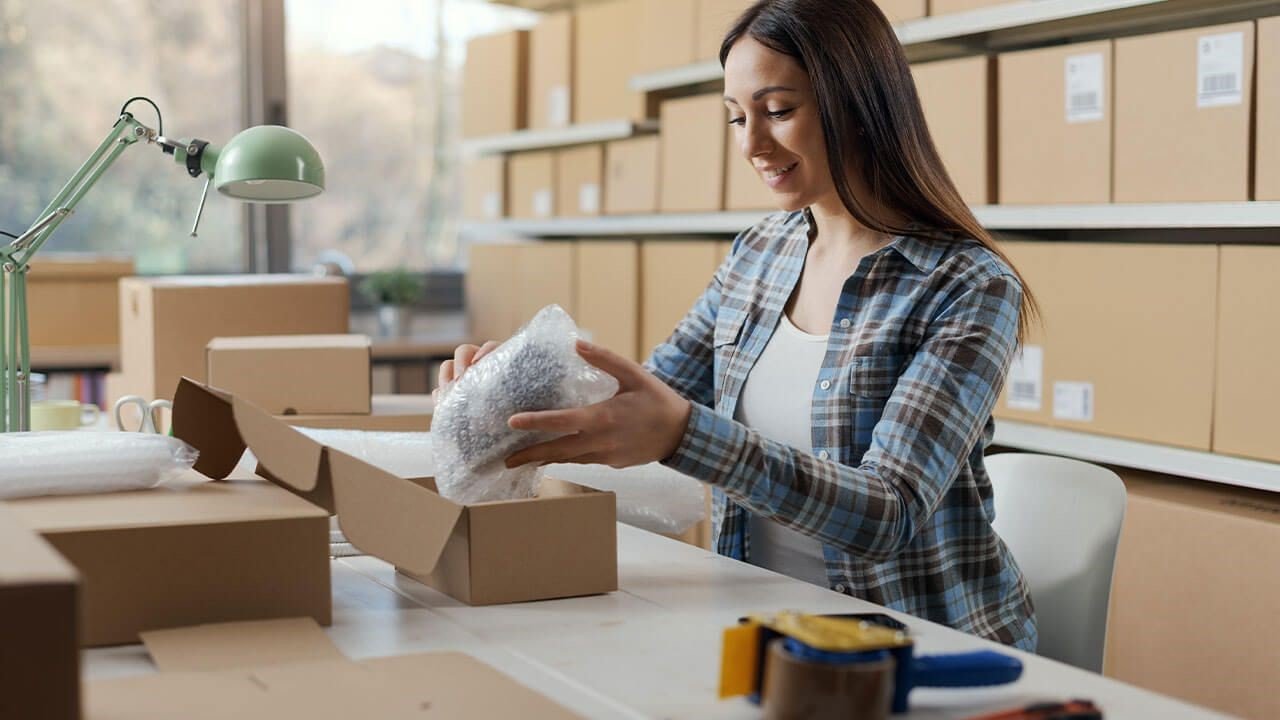
Recyclable packaging provides a solution by ensuring that these materials do not become permanent waste. Instead, they are collected, processed, and transformed into new products—creating a circular system that benefits both people and the planet.
3. Environmental Benefits of Recyclable Packaging
A. Reducing Landfill Waste
Every year, millions of tons of packaging materials end up in landfills, where they can take decades or even centuries to break down. By using recyclable alternatives, this burden is significantly reduced. Cardboard, glass, and certain plastics can be reprocessed into new materials rather than occupying limited landfill space.
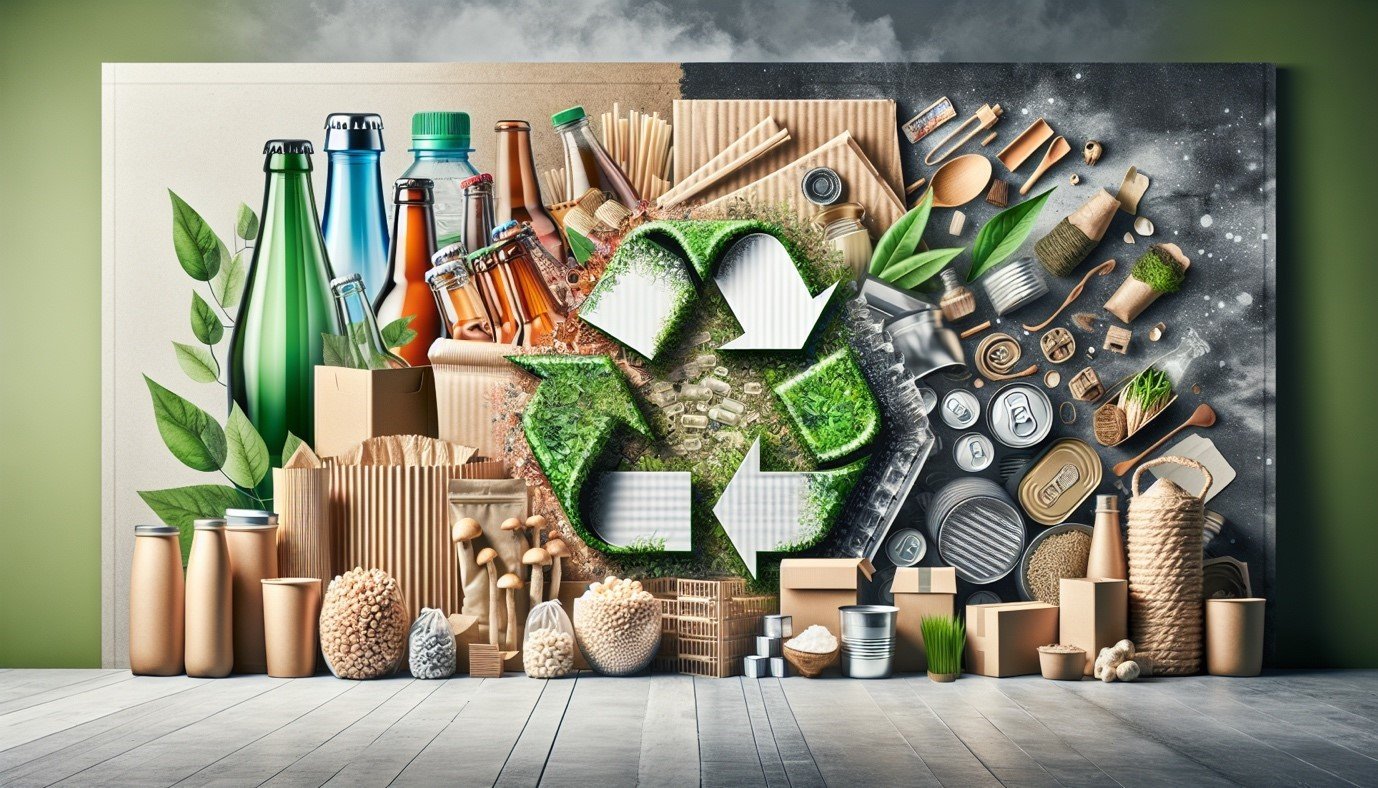
B. Lowering Carbon Emissions
Producing packaging from virgin materials requires extensive energy, contributing to greenhouse gas emissions. Recycling, however, uses considerably less energy. For example, recycling aluminum saves 95% of the energy needed to produce it from raw sources. These savings lead to a measurable reduction in carbon emissions, helping to combat climate change.
C. Conserving Natural Resources
Recycling protects natural ecosystems by reducing the need for raw material extraction. Paper and cardboard recycling saves trees, which play a vital role in absorbing carbon dioxide and supporting biodiversity. Similarly, recycling plastics reduces dependence on petroleum—a finite resource with significant environmental risks.
4. Protecting Wildlife and Marine Ecosystems
Packaging waste doesn’t just stay on land. A significant portion ends up in rivers, lakes, and oceans, where it poses a severe threat to marine life. Animals mistake small pieces of plastic for food, leading to ingestion, injury, or death.
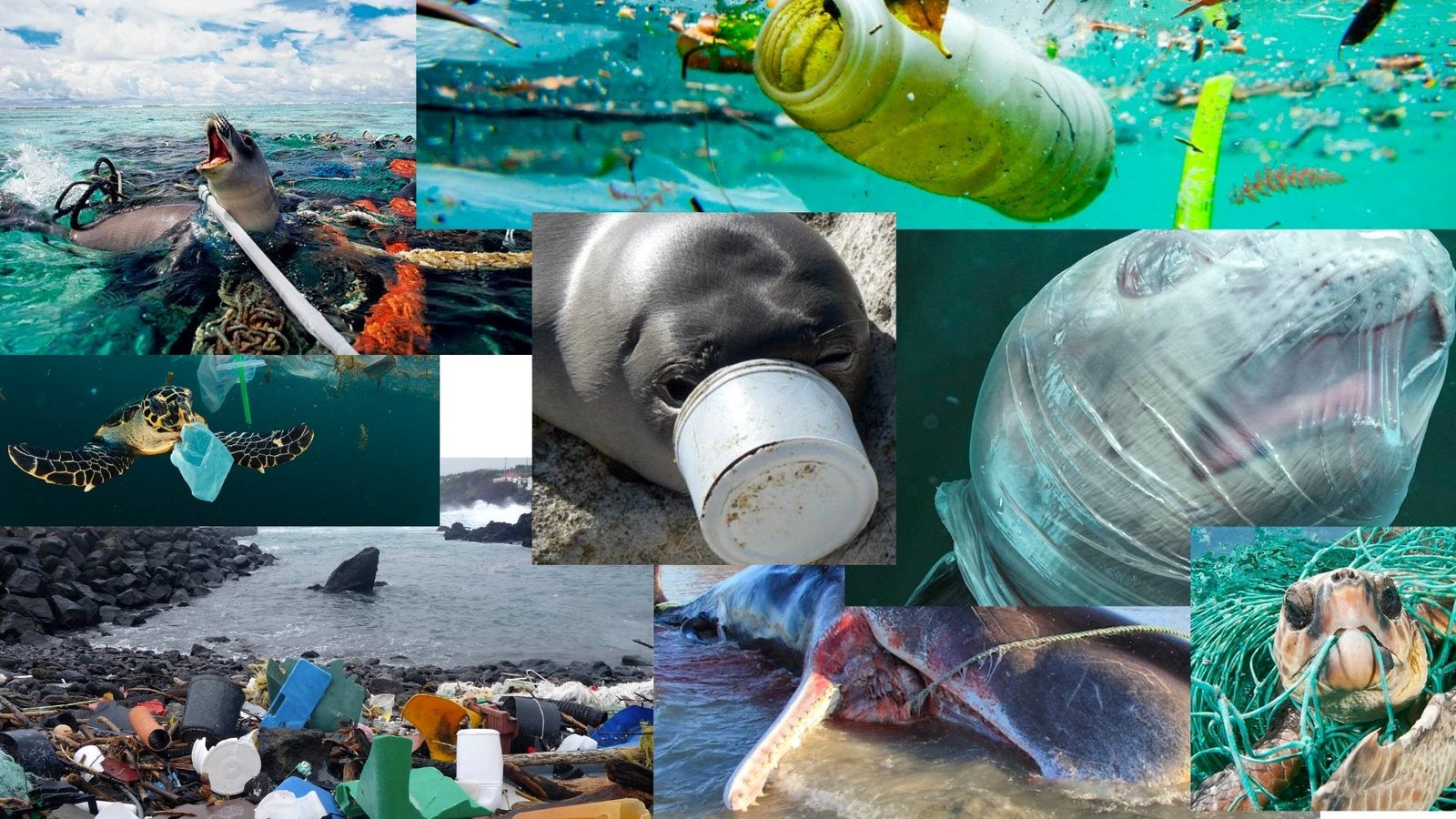
Recyclable packaging offers a practical solution by reducing single-use plastics and promoting a system where fewer materials end up in natural environments. Furthermore, many eco-conscious companies are turning to biodegradable or compostable alternatives, which safely break down without harming wildlife.
5. Consumer Awareness and Responsibility
While businesses play a major role in providing sustainable packaging, consumers also have a part to play. Awareness of proper recycling practices ensures that materials actually make it back into the system.

Tips for Consumers:
-
Flatten boxes before recycling to save space.
-
Remove any non-recyclable tape, labels, or plastic wraps.
-
Rinse containers to prevent contamination of recyclable batches.
-
Check local recycling guidelines, as accepted materials vary by region.
By making recycling a simple habit, individuals directly contribute to a cleaner environment and a more sustainable future.
6. Economic Advantages of Recycling
Protecting the planet isn’t the only benefit of recyclable packaging—it also makes economic sense. Recycling creates jobs in collection, sorting, processing, and manufacturing industries. According to the Institute of Scrap Recycling Industries (ISRI), the U.S. recycling industry supports more than 500,000 jobs and contributes billions to the economy annually.
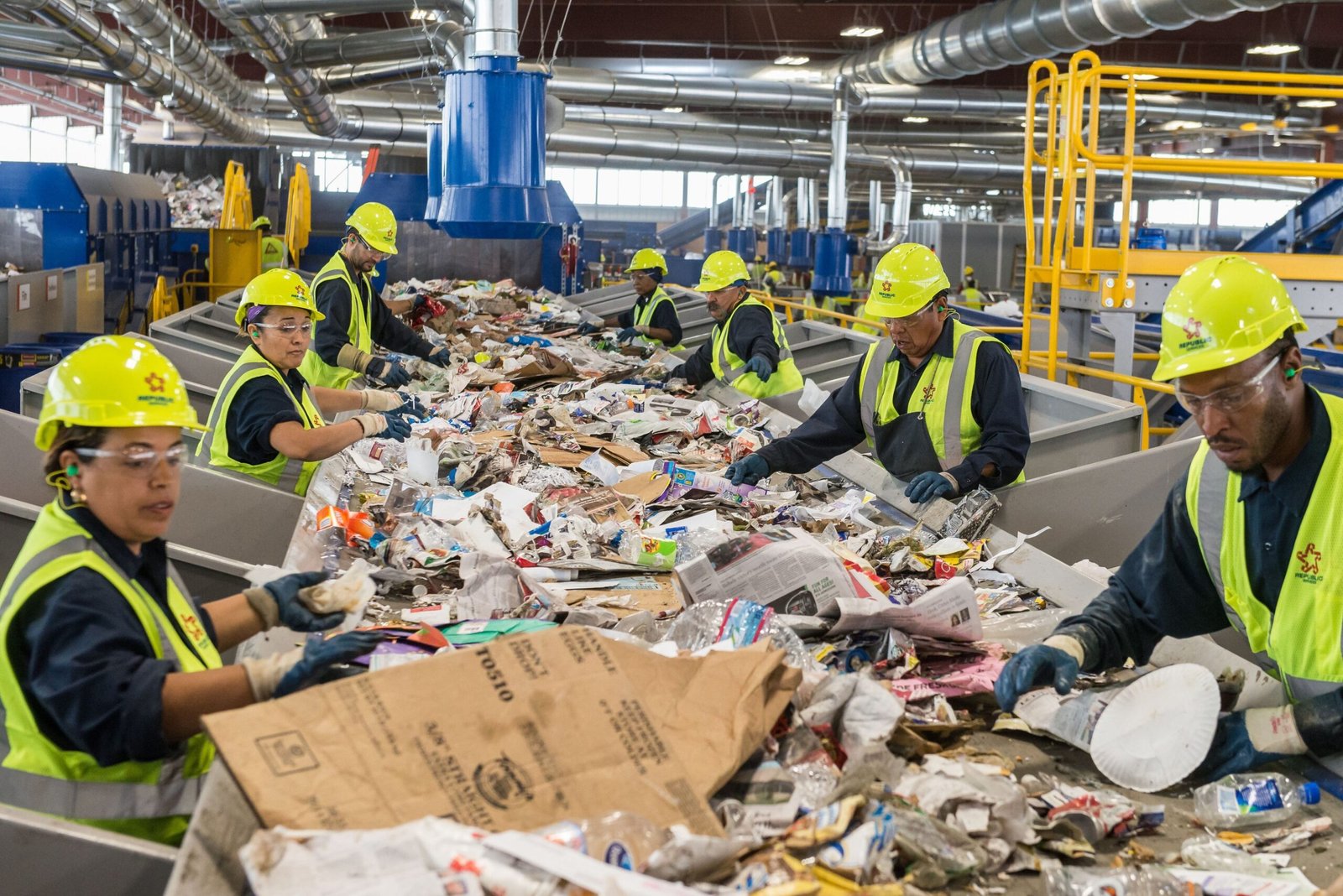
Additionally, companies that adopt recyclable packaging often see improved brand reputation and customer loyalty. In a market where environmental awareness is growing, businesses that embrace sustainability stand out as responsible leaders.
7. Innovations in Sustainable Packaging
Technology and innovation continue to drive progress in the packaging industry. Businesses are exploring creative solutions that combine sustainability with functionality, including:
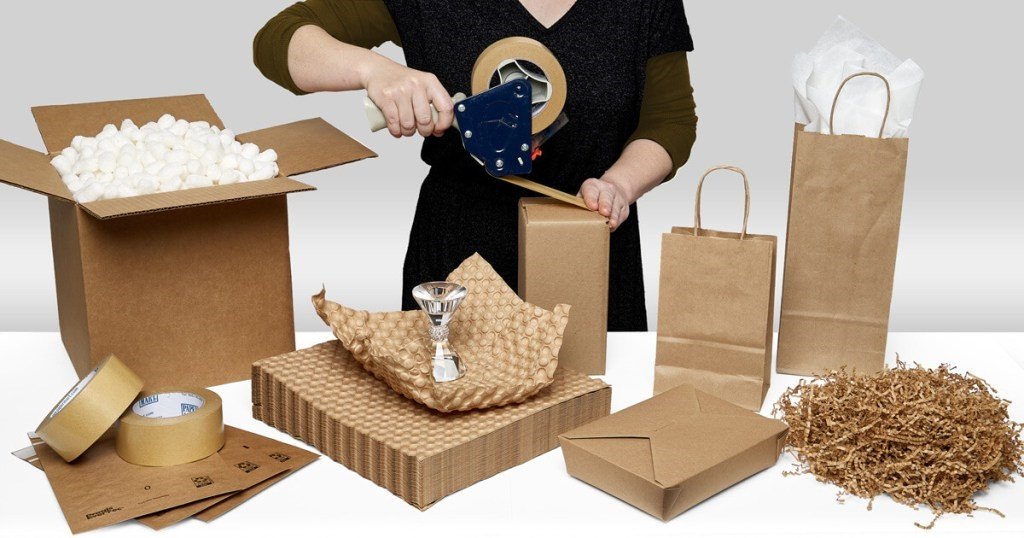
-
Plant-Based Plastics: Derived from renewable resources like cornstarch or sugarcane, these materials offer a biodegradable alternative to traditional plastics.
-
Recycled Content Packaging: Products made from post-consumer recycled (PCR) materials reduce demand for virgin resources.
-
Minimalist Packaging: Reducing unnecessary layers of packaging lowers material use and shipping weight, cutting carbon emissions.
-
Water-Based Inks and Adhesives: These eco-friendly options eliminate toxic chemicals often found in printing and labeling.
These advancements demonstrate how the industry is evolving to meet the needs of an environmentally conscious society.
8. How E-Commerce Companies Can Lead the Change
For U.S.-based e-commerce platforms, adopting recyclable packaging is more than a trend—it is a responsibility. Some key strategies include:
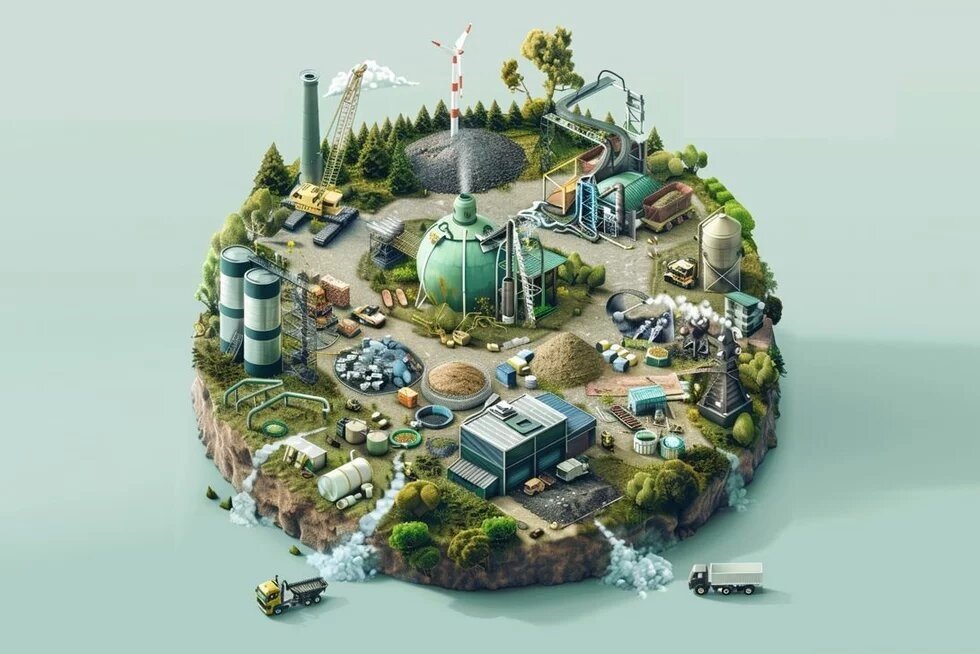
-
Switching to 100% Recyclable Materials – From boxes to void fillers, every element can be designed for recyclability.
-
Educating Customers – Including clear recycling instructions on packaging ensures proper disposal.
-
Optimizing Package Sizes – Smaller, right-sized boxes reduce material usage and shipping emissions.
-
Partnering with Green Suppliers – Collaborating with eco-friendly manufacturers strengthens supply chain sustainability.
These steps not only protect the planet but also align with growing consumer expectations for environmentally responsible practices.
9. Small Steps, Big Impact
Protecting the planet may seem like an overwhelming challenge, but small changes create big results. Switching to recyclable packaging, educating communities about proper disposal, and supporting eco-friendly innovations help ensure cleaner oceans, greener forests, and healthier ecosystems.
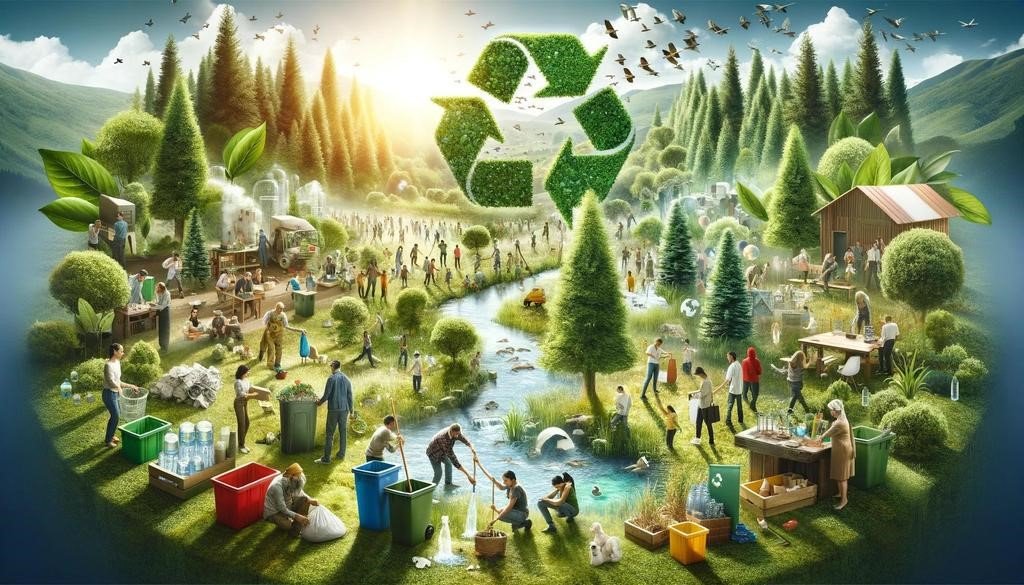
Each box recycled, each container reprocessed, and each decision to choose sustainability moves society closer to a future where environmental protection is second nature.
Final Thoughts
Recyclable packaging is more than a packaging choice—it is a commitment to the planet. As e-commerce continues to grow, so does the responsibility to minimize environmental harm. Businesses can lead the way by offering sustainable solutions, while consumers can support the effort through mindful recycling habits.